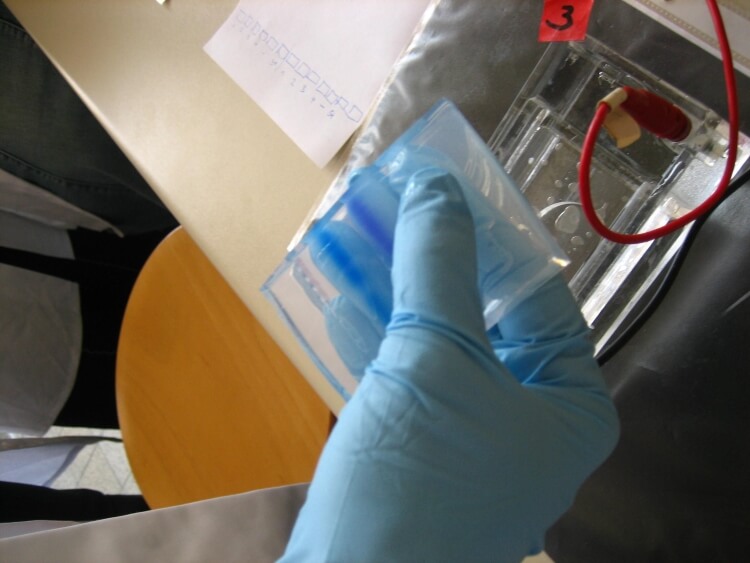84868
Human Hepatitis A Virus Cellular Receptor 2 (HAVCR2) ELISA Kit
Human Hepatitis A Virus Cellular Receptor 2 (HAVCR2) ELISA Kit
Q8TDQ0
36pg/mL
cellular
sandwich
hepatitis
12 months
78.125-5000pg/mL
Homo sapiens human
ELISA Enzyme-linked immunosorbent assays Code 90320007 SNOMED
tissue homogenates, cell lysates and other biological fluids.
This product is available in other size, contact us for more information
KIM-3,TIM3,TIMD3,Tim-3,T-cell membrane protein 3,T-cell immunoglobulin mucin receptor 3,T-cell immunoglobulin and mucin domain-containing protein 3
E05 478 566 350 170 or Enzyme-Linked Immunosorbent Assays,E05 478 566 350 170 or Enzyme-Linked Immunosorbent Assays,Human proteins, cDNA and human recombinants are used in human reactive ELISA kits and to produce anti-human mono and polyclonal antibodies. Modern humans (Homo sapiens, primarily ssp. Homo sapiens sapiens). Depending on the epitopes used human ELISA kits can be cross reactive to many other species. Mainly analyzed are human serum, plasma, urine, saliva, human cell culture supernatants and biological samples.
Hepatitis a, b, c, d, e recombinant surface viral antigens to genotype 1, 2, 3, 4, 5 are used for antibody production to make diagnostic poly or monoclonal antibodies. Hepatitis is a disease of the liver characterized by the presence of inflammatory cells in the tissue of the organ. Hepatitis may occur without symptoms, but can lead to jaundice (a yellow discoloration of the skin, mucous membranes, and conjunctiva of the eyes), poor appetite, and fatigue. Depending on the cause, hepatitis can manifest either as an acute or as a chronic disease.The receptors are ligand binding factors of type 1, 2 or 3 and protein-molecules that receive chemical-signals from outside a cell. When such chemical-signals couple or bind to a receptor, they cause some form of cellular/tissue-response, e.g. a change in the electrical-activity of a cell. In this sense, am olfactory receptor is a protein-molecule that recognizes and responds to endogenous-chemical signals, chemokinesor cytokines e.g. an acetylcholine-receptor recognizes and responds to its endogenous-ligand, acetylcholine. However, sometimes in pharmacology, the term is also used to include other proteins that are drug-targets, such as enzymes, transporters and ion-channels.
